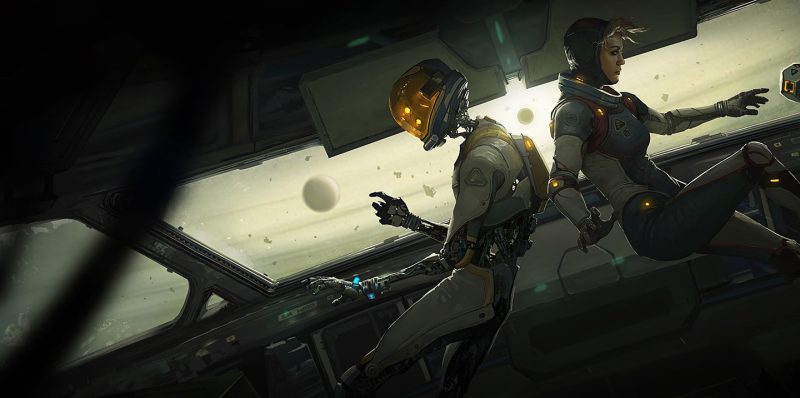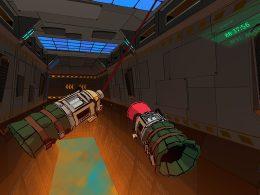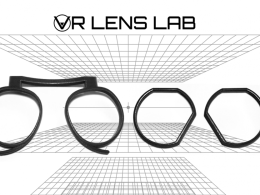In the space puzzle adventure "Lone Echo" for Oculus Rift, you explore a very detailed space station as a humanoid robot in zero gravity. In the process, the actual game sets completely new accents, the likes of which we have not yet experienced in VR.
[/g1_lead]In the face of imminent danger, you have to help the dashing captain Olivia Rhodes repair a huge spaceship in the role of "Jack", a robot with human features. Sounds boring at first - but thanks to the razor-sharp textures, you immediately feel drawn into the space odyssey. The whole thing is underpinned by a very complex game mechanic. Thanks to the Oculus Touch controllers and the 360-degree view, you shimmy up various supports. The icing on the cake are the futuristic tools.
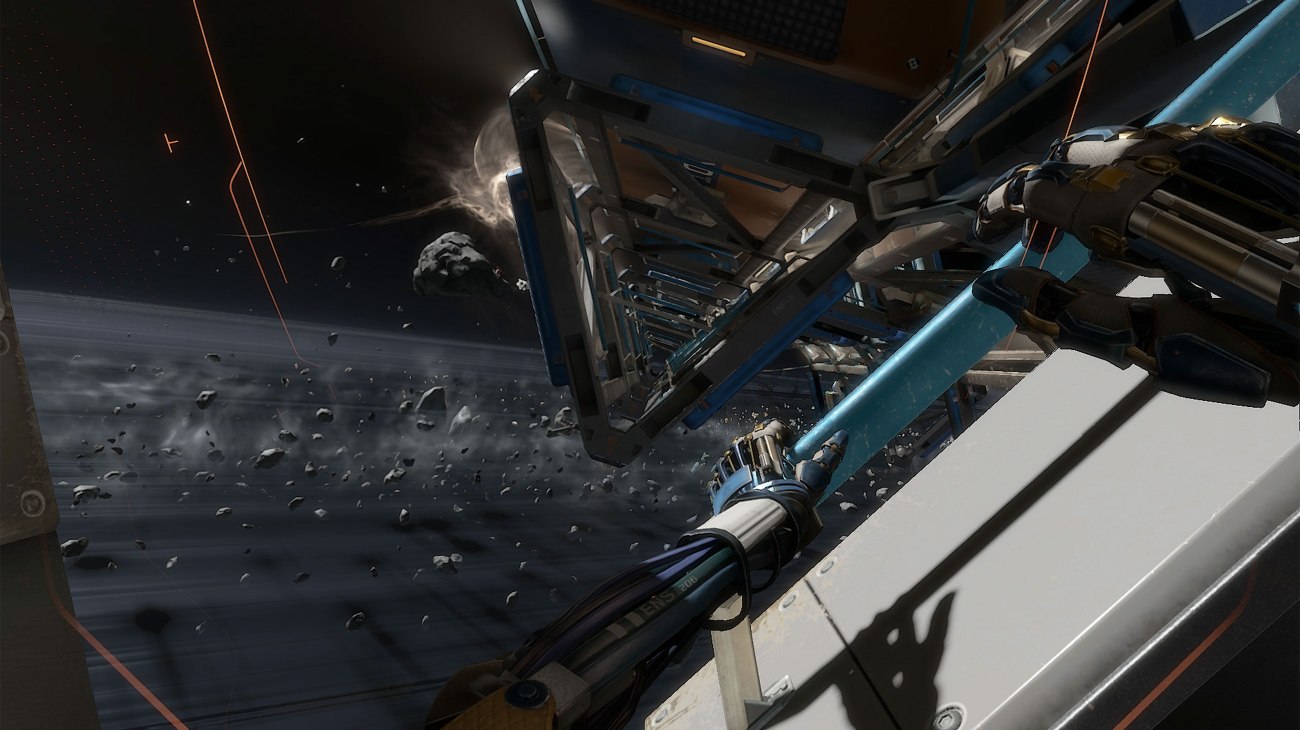
A hand scanner and a laser welder are available, for example, with which you can carry out various tasks. To do this, you physically press a button on the top or bottom of the forearm. Tapping on the side of the VR goggles also opens the helmet lamp. Pretty cool. If you can't quite move forward, additional thrust forces on both hands help, which you can use up to a certain energy level. You simply float straight up in the position you were in last time.
Sophisticated graphics engine
Graphically, "Lone Echo" is realised with great attention to detail. If you cling to a pillar or the ceiling and push yourself forward with one or both hands when you let go, this also happens. What amazes us is how well the movements are visually realised. In order to realistically represent each finger when turning the body or clasping a strap, the developers have reached into the game engine's bag of tricks and implemented a kind of procedural pre-calculation of individual limb masses. The immersion is almost perfect with the many shadows.
How shadow effects come about in a spaceship is something you'd have to ask the Apollo conspiracy theorists. Since I've always been bad at physics, I'm not entirely sure. Anyway, it simply looks authentic and transports us mentally into weightlessness for a moment.
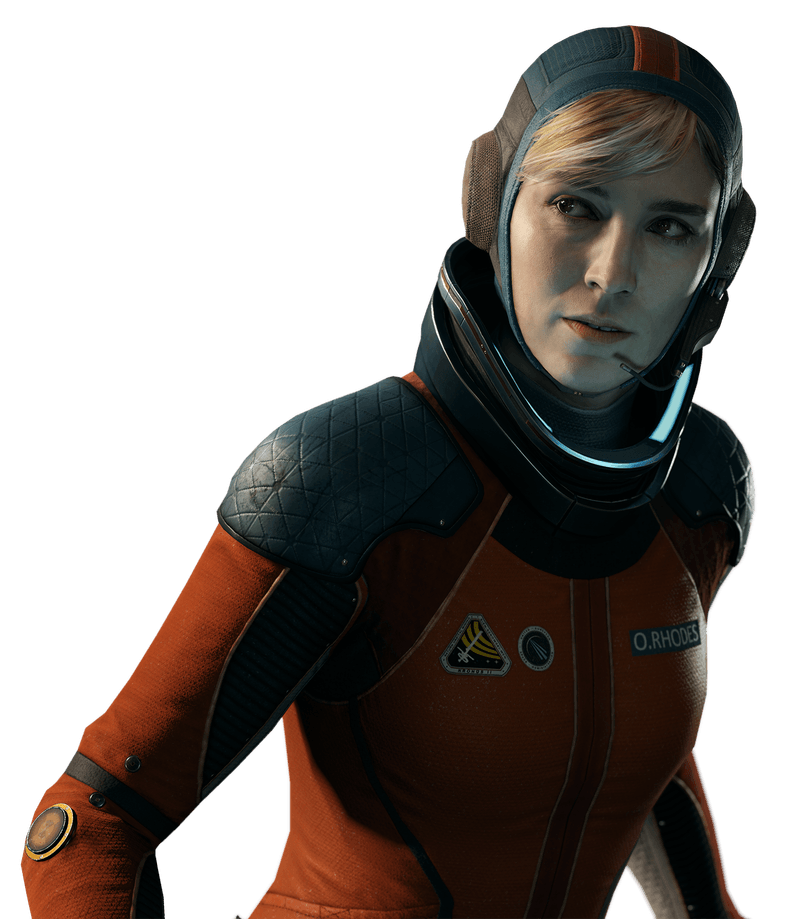
Liv Rhodes, your boss, sometimes comes quite close to you, and she is allowed to do so: graphically, everything looks sharp, while facial expressions and gestures show a high level of detail. The game's sound is also convincing. Acoustically, the instructions come from precisely assignable directions, depending on where you are at the time.
Storyline and gameplay
We don't want to reveal too much about the story at this point. What surprises us, however, is that "Lone Echo" may be a prime example of the fact that a VR game as a complementary experience to normal games does not necessarily have to get by with a complex story. A 3D world from the first-person perspective can make feelings and details tangible on a completely different level. You become aware of this in those moments when you almost imagine a story yourself purely on the basis of the environment. One look through the hatch and you wonder whether an alien might emerge from the pitch-black surroundings next, or whether Saturn really looks like that from this angle, even if you were busy flicking a simple battery switch. "You'd better pay attention, Jack", Liv admonishes the robot when it hasn't listened and asks for the task again. The space ship's regent doesn't actually have many human companions around her and Jack can obviously put himself more and more into the captain's emotional world.
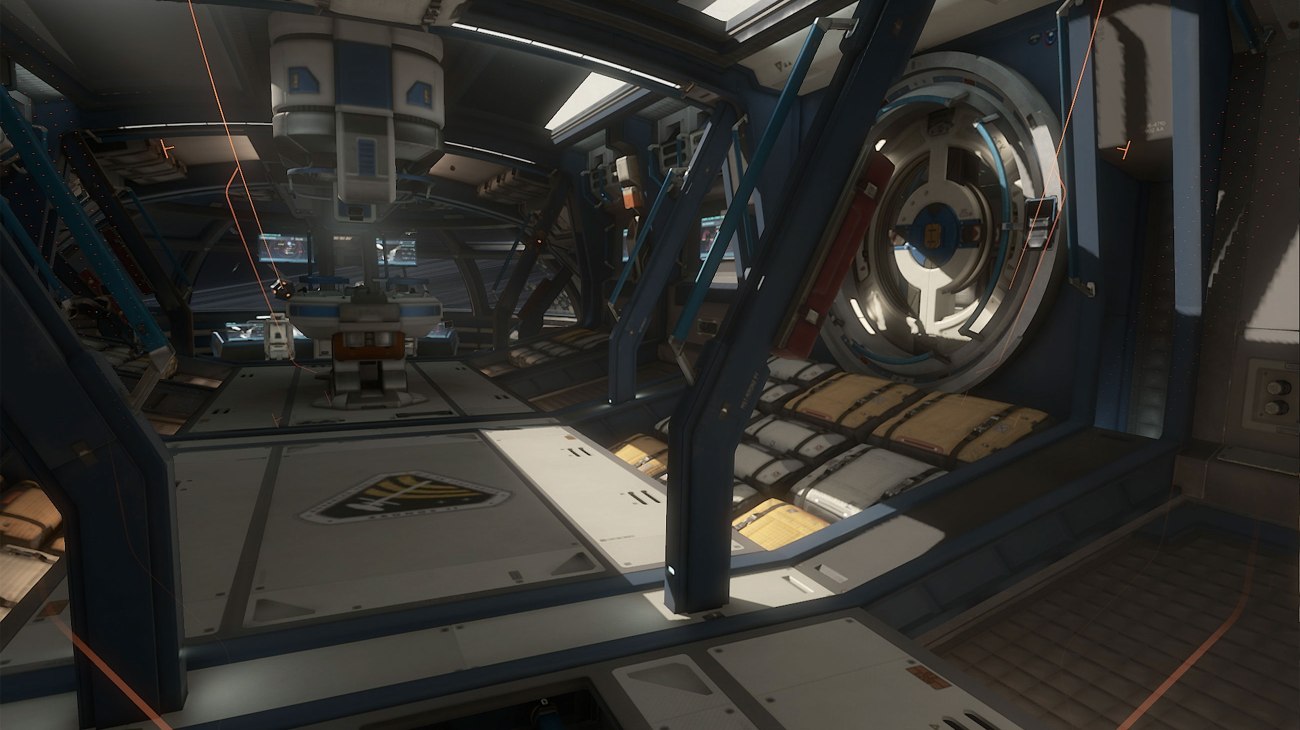
You spend a good five hours in the whole game, but there are still many Easter Eggs and details to discover. The main part of the Oculus game consists of completing a few missions with subordinate tasks, which are not always easy to understand. Here we missed one gameplay element: You can look at the main missions on your arm at any time, like in a logbook. But then you don't always see right away what the current subtask is. If only Liv could explain things a little more precisely ...
High system requirements
Body movements and tracking are very sophisticated in "Lone Echo" and merge seamlessly: You have to prevent VR nausea with a fast graphics card anyway. On my system with an Asus Strix Nvidia GeForce GTX 980 Ti and an eight-core i7 (Haswell-E), the space walk naturally ran smoothly: According to the Oculus Store, it should be at least a GTX 980 graphics card. For optimal tracking, we recommend using at least three sensors.





